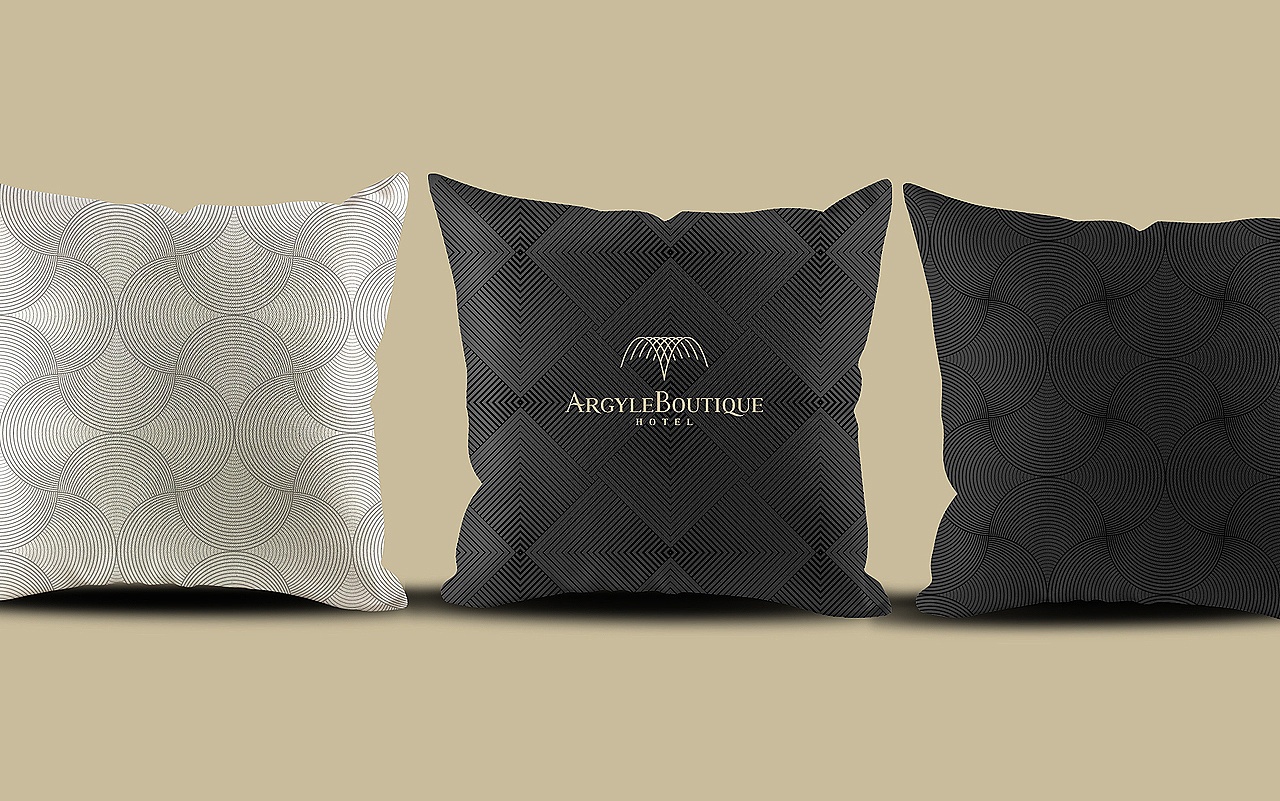本文是由長沙標(biāo)志設(shè)計(jì)公司轉(zhuǎn)發(fā)英國設(shè)計(jì)周新聞資訊,因長沙標(biāo)志設(shè)計(jì)公司小編不會(huì)英文,所以文章用翻譯軟件直譯:
 注:配圖為本公司作品
注:配圖為本公司作品
Adidas has lost the right to claim the use of three, parallel lines as its own, after the General Court of the EU ruled this mark was not “distinctive” enough.
The global brand had tried to regain its trademark of “three parallel stripes” of “identical width”, at equal distance from each other, which appear in “any direction” – in other words, three identical lines appearing vertically, horizontally or diagonally.
It was initially granted the trademark in 2014 by the European Union Intellectual Property Office (EUIPO), which meant the mark was owned by Adidas across all EU countries.
The EUIPO later annulled the registration of the trademark in 2016. Adidas appealed this annulment, but the EUIPO has now rejected this, ruling that the mark is “devoid of any distinctive character” and “should not have been registered” in the first place.
The court has justified its decision by saying that a symbol made up of three stripes is an “ordinary, figurative mark”, and has also ruled that other elements of the mark are what has made it distinctive to Adidas, such as its black-and-white colour scheme, rather than the stripes specifically.
It also says that Adidas’ evidence does not prove that the mark is unique to the brand across all EU countries.
A spokesperson at Adidas says that the company is “disappointed” with the ruling that it cannot trademark three stripes used in “whichever direction” across Europe.
They add that this “does not impact” the protection the brand has on “various [other] forms” of its three-stripe mark, such as the well-known, backward-slanted three stripes used in its logo. The goal of registering the generic mark was to “get even more protection”, they say.
Felicity Hide, a trademark specialist lawyer at law firm Boults, says that the mark that Adidas has tried to trademark “[isn’t] inherently distinctive”.
She advises graphic and branding designers to ask their clients to “seek the advice of a [legal] professional” to find out whether a new logo is accepted under trademark criteria in the “early stages” of its design or development.
She also advises brand owners and clients to “register [their] mark in the form and colour variants [it is] actually used on the market”. She adds that they should be specific when providing evidence to courts, by linking up which sales and marketing figures relate to which mark or images.
The need for brands to register trademarks and logos through EU courts is pertinent right now given the UK’s imminent departure from the EU.
UK-based brands, which previously had automatic protection in EU countries, may need to register for trademarks once the UK leaves.

業(yè)務(wù)咨詢 付小姐

業(yè)務(wù)咨詢 張小姐

總監(jiān)微信咨詢 付小姐